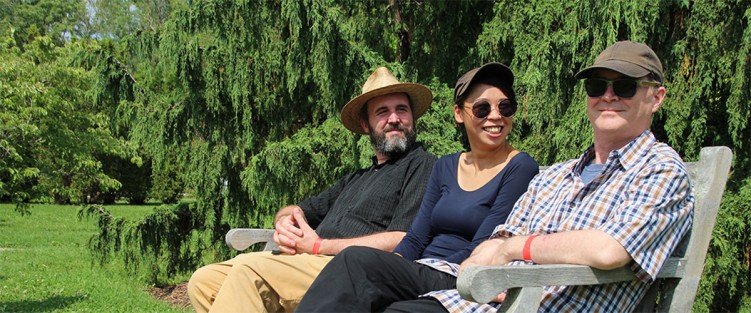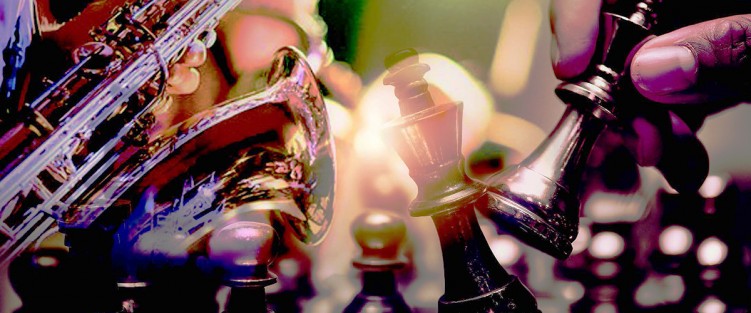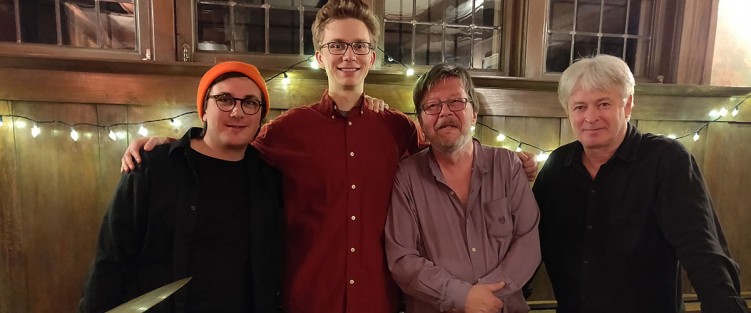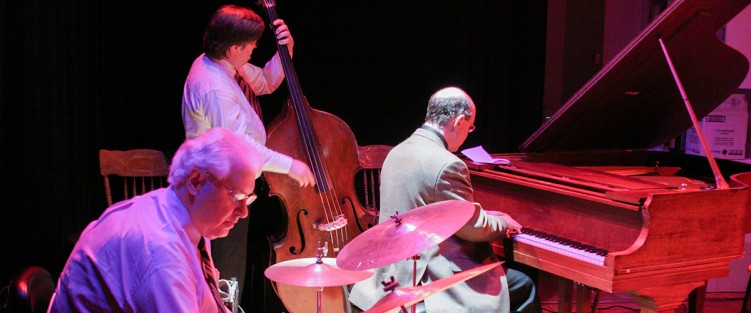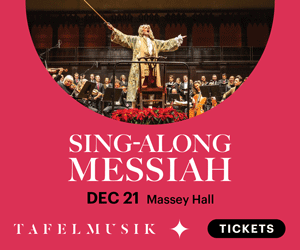Something Else! + Watch it Burn! at the Bay Series
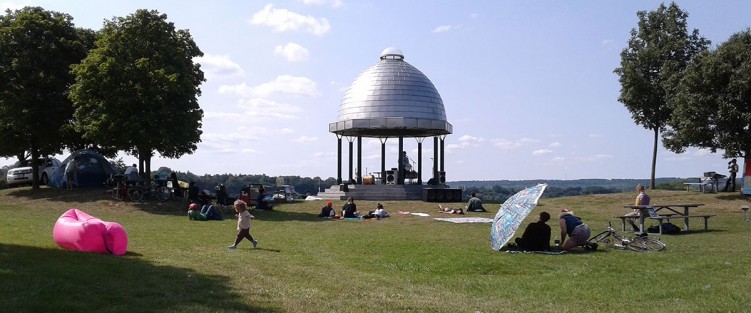 Hamilton, Ontario
Hamilton, Ontario
September 25, October 2, October 9
Since 2014, The Zula Arts Collective and director Cem Zafir have been programming the further shores of jazz and improvised music in Hamilton, from an annual festival to various concert series throughout the year. Now, with the lightening of COVID-19 restrictions, Zula launches a series of festive Saturday performances: each presents four groups – some local, some travelling, some interdisciplinary – and, following a dinner service, concludes with a film that’s intimately involved with improvised music.
September 25
Film: Imagine the Sound
In 1981, Toronto filmmaker Ron Mann (creator of Grass, Altman and Comic Book Confidential) and musician/writer/producer Bill Smith undertook a significant project to document some major figures of the free jazz movement, producing a mix of performances and interviews with Cecil Taylor, Paul Bley, Bill Dixon and Archie Shepp that retains its power today, including some extraordinary footage of Taylor’s end-to-end piano runs (7pm). Ron Mann is on hand for a Q&A (8:30pm).
The film and Bill Smith’s career are also apparent in other performances. Trombonist Scott Thomson presents a solo set of music inspired by Bill Dixon (5:15pm). Hamilton’s Lee/Palmer/Bennett (bassist David Lee, guitarist Chris Palmer and saxophonist Connor Bennett) presents music performed by the Bill Smith Ensemble in the 1980s when Lee was a member (5:45pm). Another Ensemble veteran, the brilliant guitarist/singer Arthur Bull, performs as part of Spokes with longtime collaborator drummer Bob Vespaziani. The duo is then joined in by Lee/Palmer/Bennett to form a blues/rockabilly band called The Five Spokes (3pm).


